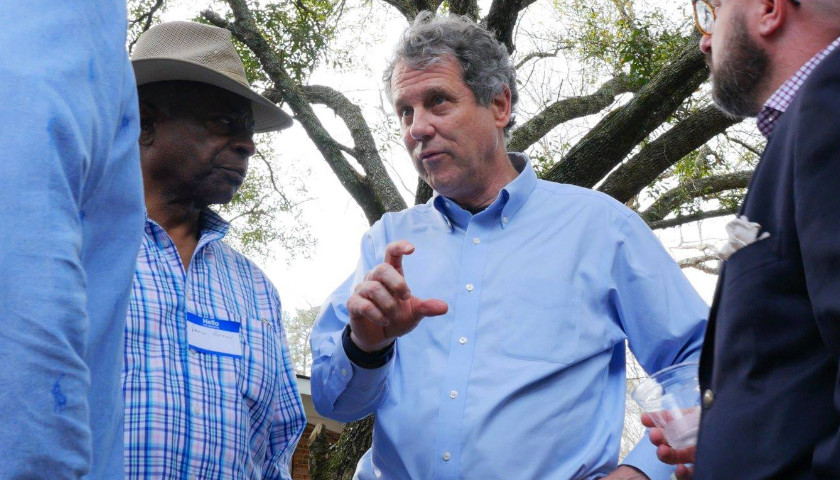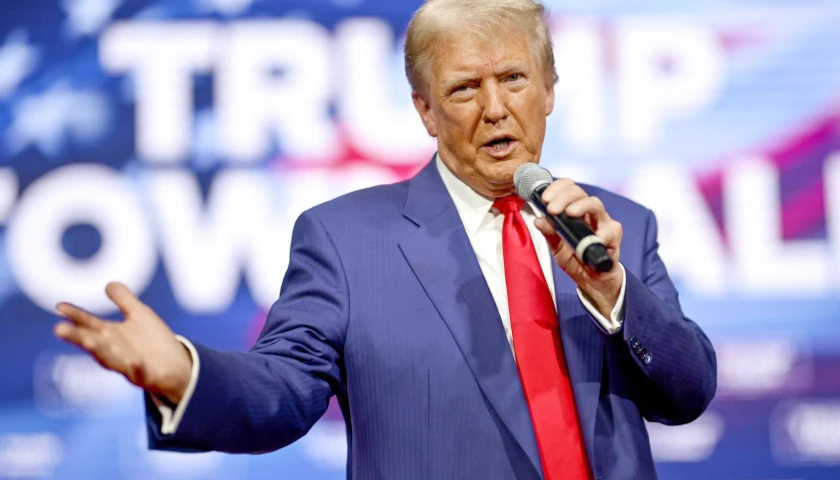Ohio’s only potential 2020 contender announced Thursday that he wouldn’t run for president.
After taking a three-month tour of key battleground states, dubbed the “Dignity of Work” Tour, Democratic Senator Sherrod Brown’s decision shocked many who saw him as one of the best chances to defeat President Trump. No one can say for certain why he chose not to run, but a great deal can be said about what his not running means.
As previously reported, Sherrod Brown’s entire campaign strategy revolved around him being able to harmonize a message that would appeal to the blue-collar working class that turned away from Democrats in 2016, with the recent Democratic-Socialist philosophy that currently dominates that 2020 Democratic political conversation.
His plan was to reach out to blue-collar workers across America and declared; “dignity of work means hard work should pay off for everyone, no matter who you are or what kind of work you do.” That having a job wasn’t enough; one must have security and prosperity. From here, he inferred that he would tack into Democratic-socialist programs like major healthcare expansions, free college tuition, and a $15 minimum wage. This would give him a cross-base advantage as he would be able to appeal to disparate factions within the democratic party.
The problem was this strategy is that it made him a “jack-of-all-trades” candidate. He would have sectional support in different camps but would be vulnerable to candidates with a stronger backing in each camp. For example, if a candidate like former Vice-President Joe Biden got into the race, Brown could easily be squeezed out of his advantage with working-class voters. Brown was always walking a narrow path and it seems he found no way forward. However, there is another possibility.
It’s possible that he realized that, as previously noted, he found that he really couldn’t reconcile the two factions.
The main issue is that a majority of the working class tends to lean conservative and votes for Democrats only if they advocate for labor-positive causes. Brown will be walking a narrow tightrope; should it work he will be in a very strong position, should it fail he will alienate both groups and leave himself without a path to victory.
It’s worth remembering that in 2016, Hillary Clinton ran as a “jack of all trades” candidate as well. Vermont Democratic Senator Bernie Sanders and President Donald Trump early presidential campaigns aggressively appealed to one tranche of the party for support. That base gave them a strong position and, in Trump’s case, he was able to win over the other factions as time went on. Seeing Senator Brown’s messaging tactic, potentially, fail could mean that the Democratic 2020 nominee will be a firebrand. whether their a democratic firebrand or a socialist firebrand remains to be seen.
– – –
Andrew Shirley is a reporter at Battleground State News and The Ohio Star. Send tips to [email protected].
Photo “Sherrod Brown” by Sherrod Brown.





